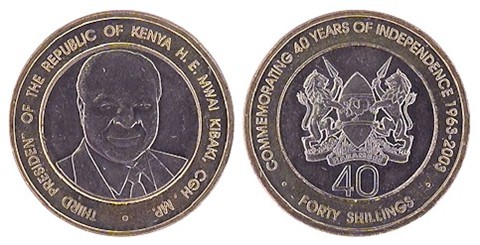 In doing a little research on the lethality of sipping syrup, we came across this concise account of Johnny Jolly‘s legal woes. It seems the Green Bay Packers defensive end got caught with some liquid codeine in his native Houston. But he’s apparently in the clear for the moment, due to some rather strange circumstances:
In doing a little research on the lethality of sipping syrup, we came across this concise account of Johnny Jolly‘s legal woes. It seems the Green Bay Packers defensive end got caught with some liquid codeine in his native Houston. But he’s apparently in the clear for the moment, due to some rather strange circumstances:
Donna Hawkins, spokeswoman for the Harris County district attorney’s office, said the Houston Police Department recently acquired a new piece of equipment that measures the amount of codeine in a liquid.
Once police technicians are trained on the device and accredited on testifying about its use and results, the office intends to refile the second-degree felony charge against Jolly, Hawkins said.
As it turns out, the Houston cops have never been able to quantify the amount of codeine in a seized sample of syrup. And that’s a legal problem, because thousands of lean prosecutions in the state have identified the offense quite specifically: “Possession of a compound containing not more than 200 milligrams of codeine, and any of its salts per 100 milliliters and per 100 grams, weighing by aggregate weight, including any adulterants and dilutants, less than 28 grams.”
But as detailed in this 2007 report (PDF) critical of the Houston Police Department’s laboratory procedures, the city’s forensic scientists have long been just guessing at that 200 mg threshold. That lack of scientific accuracy came to light in the case of Sanchez v. Texas, in which a lean possession conviction was overturned by a Texas appeals court. The trial’s key exchange between Sanchez’s defense attorney and the lab technician went as follows:
Q [Defense, on voir dire in presence of the jury]: Mr. Chu, were you able to determine the amount of Promethazine that was in the bottle?
A: No, in the laboratory we don’t perform quantifications on the Promethazine as well as codeine.
Q: You are not able to determine the quantity of Promethazine that was contained within the baby bottle. Is that right?
A: HPD has no policies and no procedure at the time to determine the quantity of codeine and Promethazine.
Q: I understand but, yes or no, you were not able to determine the amount of Promethazine that was contained within the bottle?
A: No.
Q: You have no scientific way of determining unless the compound is brought to you with no more than 200 milligrams of codeine and any of its salts per 100 milliliters and per 100 grams?
A: No, I cannot do a scientific inclusion. I can only do assumptions.
Obviously, the case here is somewhat humorous, in that it centers around a rather weird technicality. But, still, that last line from Mr. Chu gives us tremendous pause. The science performed in police laboratories could scarcely be more critical, given that lives are at stake. It’s chilling to hear that the technicians who work there rely on assumptions at all, even in seemingly minor cases. Science and assumptions don’t mix.






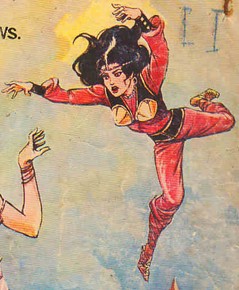

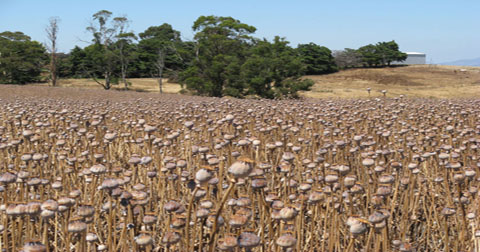
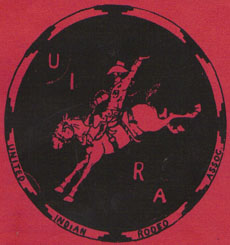 Sad news out of New Mexico this morning: Sonny Jim, a true legend of the
Sad news out of New Mexico this morning: Sonny Jim, a true legend of the 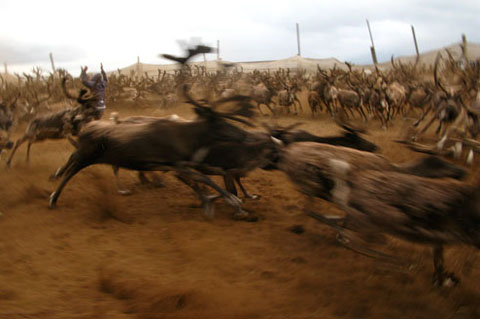

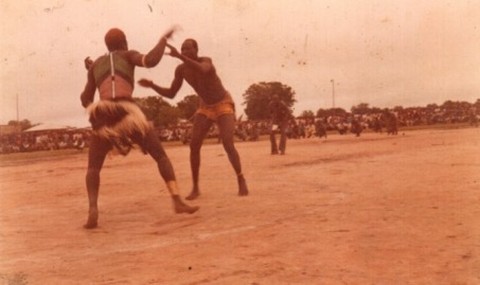
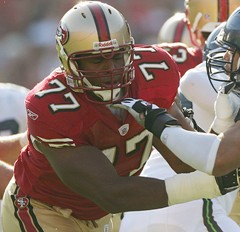 We’re headquartered on the Stanford campus this week, which has brought to mind one of our favorite football scouting reports ever: John Clayton’s
We’re headquartered on the Stanford campus this week, which has brought to mind one of our favorite football scouting reports ever: John Clayton’s 
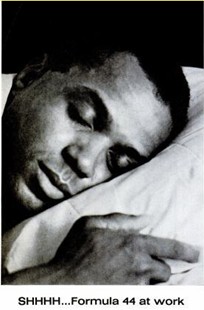 In response to yesterday’s post on
In response to yesterday’s post on 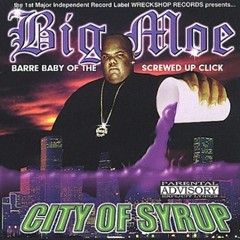 In doing a little research on the
In doing a little research on the 